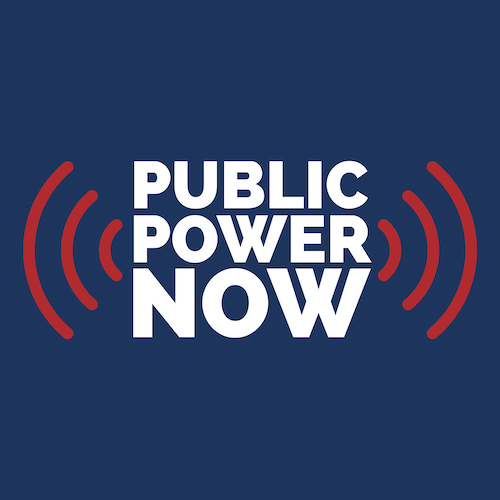The Federal Energy Regulatory Commission recently accepted a proposal from ISO New England that will allow energy storage facilities to be planned and operated as transmission-only assets to address system needs identified in a regional system planning process.
FERC issued the order accepting the proposal on Oct. 19. Specifically, the Commission accepted proposed revisions to ISO-NE’s Transmission, Markets and Services Tariff and Transmission Operating Agreement.
ISO-NE said that storage as transmission-only assets could include a variety of storage resources, including battery technology and pumped hydro. Because they would be built only to serve a transmission reliability purpose, SATOAs will not compete in the electricity markets and will have minimal effect on wholesale prices, according to ISO-NE.
SATOA rules would not apply to or restrict the numerous other energy storage resources that already compete in the markets, including almost 2,000 megawatts of pumped storage and more than 600 MW of new and existing battery storage resources that secured obligations in a Forward Capacity Auction for the upcoming 2024–2025 commitment period, the grid operator said.
Nor would the rules apply to or restrict the roughly 18,000 MW of battery resources proposed in the ISO’s Interconnection request queue, or future projects looking to participate in the markets.
While SATOAs would be owned and maintained by transmission companies, ISO New England system operators would control their use. SATOAs would be used under specific system conditions to prevent localized overloading after at least two unplanned equipment outages on the transmission system.
SATOAs also could be deployed as a last resort to help prevent or mitigate controlled outages in the unlikely event that demand for electricity were to exceed the regionally available supply, or to assist with system recovery after an outage.
Construction of SATOAs by transmission companies would depend upon selection in the open regional system planning process administered by ISO New England, similar to the way reliability-based system upgrades are handled today, the grid operator said.

